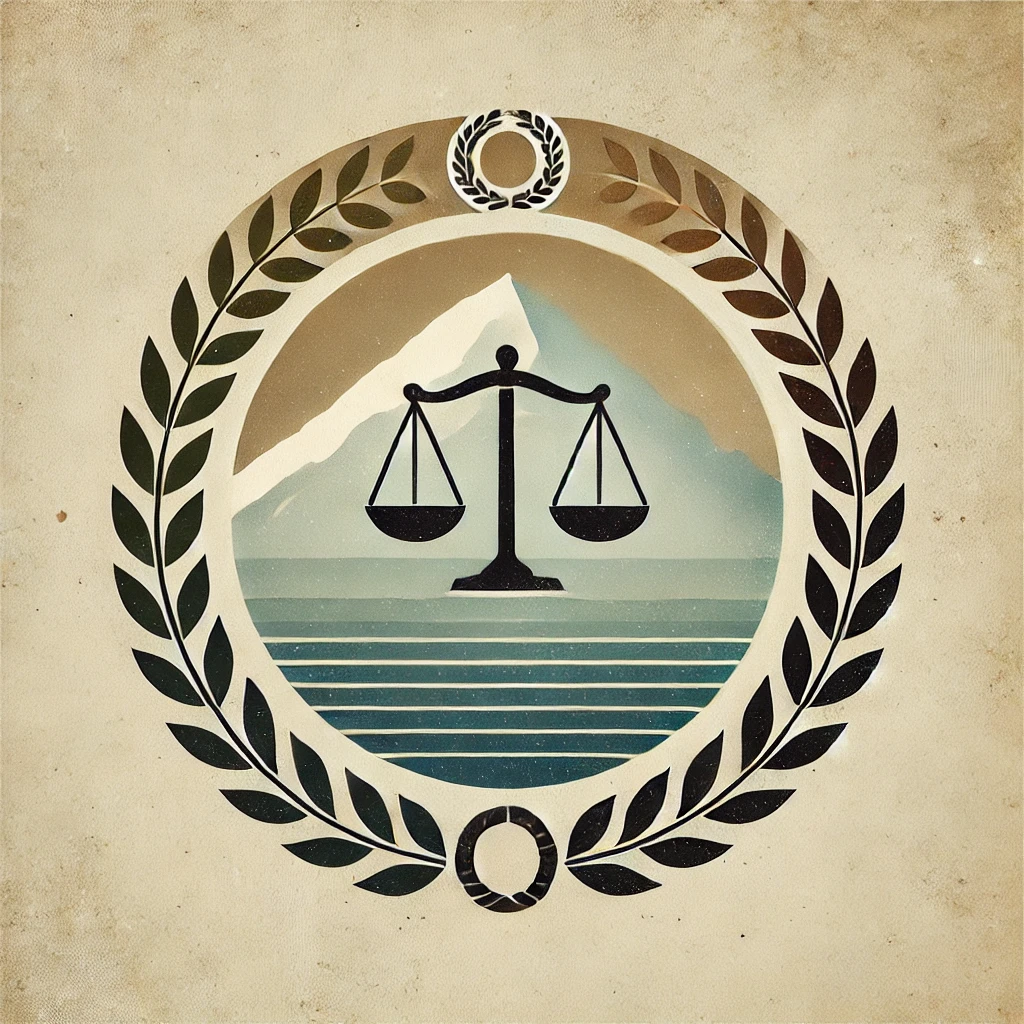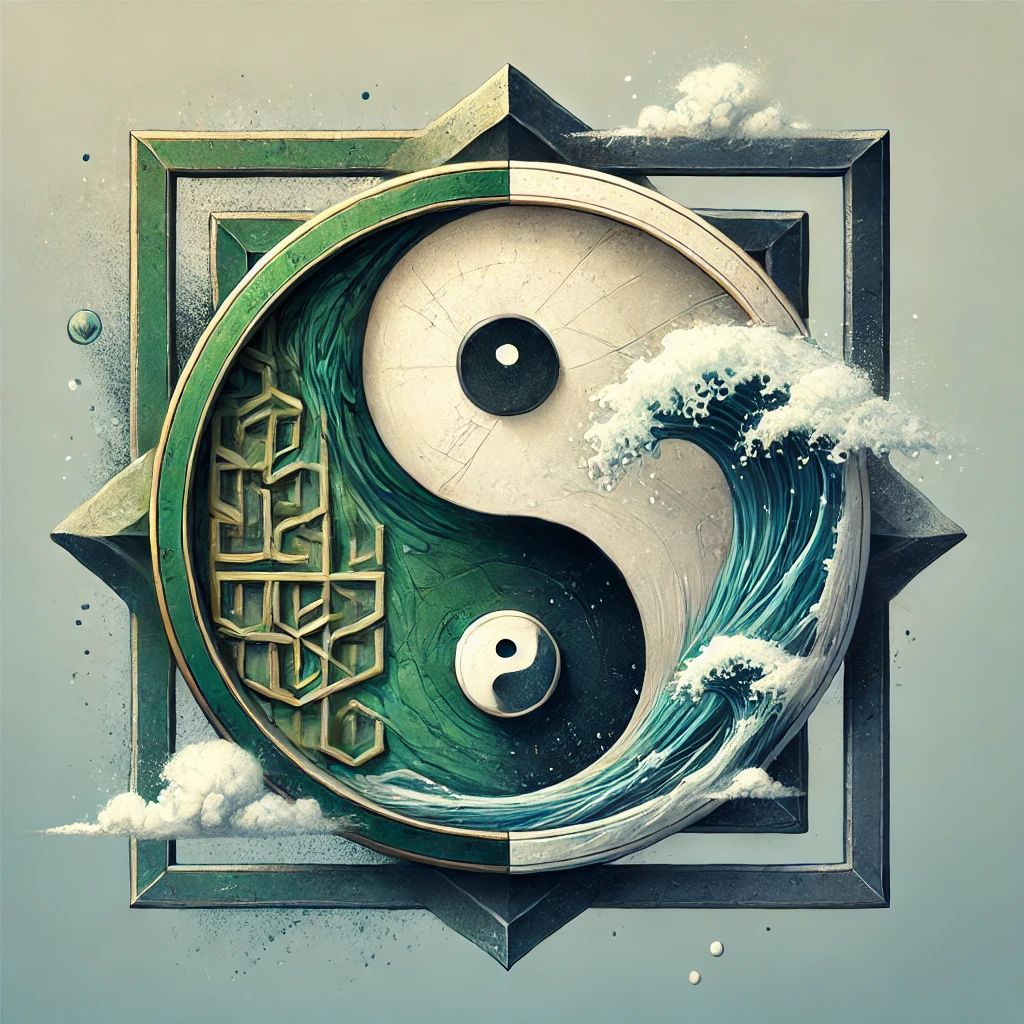Unfolding Staoicism: Embracing the Stream
Dive deeper into the heart of Staoicism as we continue exploring its wisdom, one layer at a time…
This week: Living in the Present: Cultivating Clarity and Presence with Kronao [ … ]
Roots of the Flow: Staoicism's Origins

Stoicism vs. Taoism: When East Meets West in the Pursuit of Wisdom and Virtue
Many of us seek grounding in philosophies that offer both resilience and peace. Stoicism champions disciplined action, while Taoism invites us to surrender and flow with life. By blending these traditions, Staoicism creates a balanced approach, embracing both control and acceptance to meet life’s challenges.
Where do you find yourself needing more balance - discipline or surrender? Join the conversation and explore our free daily Staoic practices to bring these principles into your life.

Exploring Taoist Texts: Insights from Laozi’s Tao Te Ching and Zhuangzi’s Teachings
Discover the wisdom of Taoism through the timeless teachings of Laozi and Zhuangzi. This post delves into the essence of the Tao Te Ching and the philosophy of Wu Wei, exploring how these ancient ideas can bring balance, simplicity, and calm to modern life. Together, we’ll uncover how Staoicism blends these Taoist principles with Stoic resilience to create a path of mindful harmony.

Core Principles of Taoism: The Tao, Wu Wei, and the Balance of Opposites (Yin-Yang)
Imagine a life where action flows effortlessly, where balance and harmony guide your steps, and where peace arises from acceptance rather than control. In Staoicism, core Taoist principles like the Tao (the Way), Wu Wei (effortless action), and Yin-Yang (the balance of opposites) offer a path to mindful and resilient living. These timeless concepts teach us to align with life’s natural rhythms, embrace ease over force, and find strength in harmony. Join us as we explore how these principles can transform your everyday experience, guiding you to live with greater calm, purpose, and balance.

What is Taoism?
Taoism, an ancient philosophy rooted in Chinese culture, invites us to embrace “The Way”—a path of harmony, balance, and effortless flow. Unlike approaches that focus on control and ambition, Taoism teaches the power of “Wu Wei,” or non-forcing, urging us to align with the natural rhythms of life. Through concepts like Yin and Yang, simplicity, and mindful presence, Taoism provides a timeless guide to living with grace, acceptance, and inner peace. Dive in to discover how this gentle wisdom can offer balance and serenity in today’s fast-paced world.

Famous Stoic Figures: Marcus Aurelius, Epictetus, and Seneca
In the realm of Stoicism, three figures stand above the rest: Marcus Aurelius, Epictetus, and Seneca. Each brought unique insights that continue to resonate today. Marcus Aurelius led with Stoic virtue, Epictetus taught the power of focusing on what we can control, and Seneca applied Stoic wisdom to everyday life. Their teachings offer timeless guidance on how to live with resilience, wisdom, and purpose—lessons that are just as relevant in our modern world.

Core Principles of Stoicism: Virtue, Logic, and Control for Mindful Living
In Stoicism, three core principles—virtue, logic, and control—serve as the foundation for a life of resilience, wisdom, and inner peace. By focusing on living virtuously, making decisions rooted in reason, and recognizing what is truly within our control, we can navigate life’s challenges with greater clarity and strength. This post explores how these timeless Stoic teachings offer practical guidance for modern living, and how they seamlessly integrate with Taoist philosophy in our Staoicism approach.

What is Stoicism?
Stoicism is more than just an ancient Greek philosophy—it’s a way of living that empowers us to remain calm and resilient in the face of life’s challenges. Founded in the 3rd century BCE by Zeno of Citium, Stoicism teaches that while we cannot control external events, we can always control our reactions. By focusing on what is within our power—our thoughts, attitudes, and actions—we can achieve inner peace, even amidst chaos.
At its heart, Stoicism is a guide to living with virtue, aligning with nature, and cultivating a mindset of resilience. It encourages us to act with wisdom, courage, justice, and temperance in every aspect of life. The core idea of Stoicism is simple: true happiness and fulfillment come not from external circumstances but from within.

What is Staoicism?
In today’s fast-paced world, where stress and uncertainty often dominate, many of us seek ways to cultivate inner peace and resilience. What if you could combine the rational strength of Stoicism with the flowing harmony of Taoism to create a balanced approach to life? Welcome to Staoicism, a powerful fusion of these ancient philosophies, designed to help you navigate modern life with wisdom, calm, and purpose.
Staoicism blends Stoicism’s focus on emotional resilience and rational control with Taoism’s emphasis on adaptability and effortless action. Together, they provide practical tools for managing challenges and achieving inner peace. Whether you’re facing career pressures or personal struggles, Staoicism offers a pathway to a more balanced, mindful existence.

